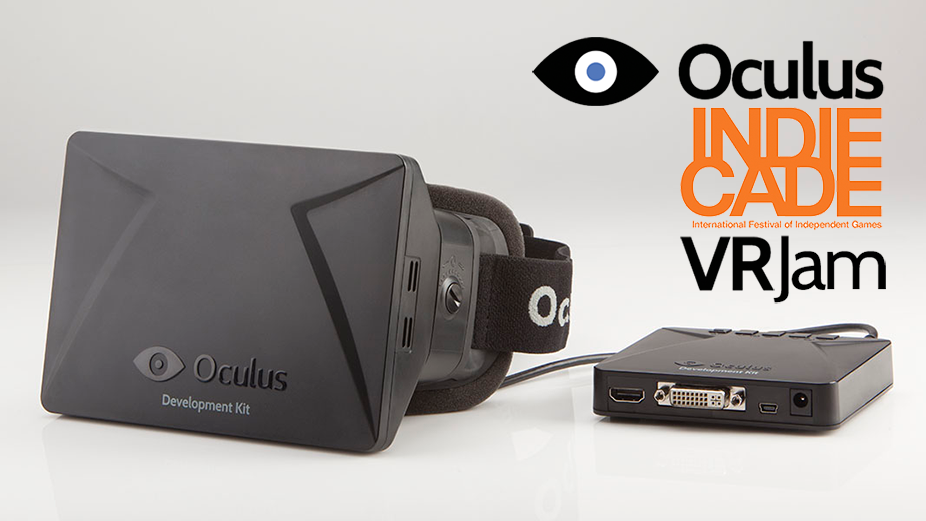This is a guest post by Spencer Sandoval
Here’s the thing about virtual reality: It’s awesome…to think about.
Whenever anyone mentions it, my mind flashes back to when I was a kid. Growing up, watching anything with the “Star Trek” label was fair game in our living room. My favorite episodes always had to do with the holodeck. This incredible room where you could generate any environment, inhabited by characters and objects that would react realistically to your presence in the world. Of course, in the show something inevitably went wrong, and those people and objects would try to kill everyone inside, but I ignored that part. I was obsessed with the idea of the ultimate immersive video game, as I’m sure a lot of people still are.
Up until 2012, there wasn’t a whole lot of hope for virtual reality as seen on TV. Interesting experiments, sure, namely the Kinect for the Xbox 360 felt like a step in the right direction. But it amounted to little more than a gimmick, since most of the Kinect games felt like they forced you to use the capabilities of the technology, instead of using it as a tool to create a more interactive and immersive world. In short, there wasn’t anything solid in the entertainment industry to point at and say “we’re moving toward a holodeck.”
And then the Oculus Rift came out.

For those that don’t know, the Oculus is a piece of headgear that plugs into your computer and, if your chosen video game is setup properly, tracks the movement of your head. It’s got two small screens mounted inside, that allow your eyes to see the same way they would in real life. Put it all together and you’ve got a way to make your brain think the sights and sounds of a game are actually happening all around you. It really is a fun piece of tech, and I can’t really explain the sensation you get when you’re looking around a room that isn’t the one you’re sitting in. The day I got mine I sat there staring at it just wondering where this would take the gaming world, and in the last couple weeks, I’m starting to get an answer to my question.
The developers of the Oculus Rift put together a contest for indie game developers to create a project to really show off the hardware. Each team had roughly three weeks to finish their project, and the VR jam received hundreds of short games that prove we’re moving toward a future I’ve always wanted to see. If you want to see for yourself, you can download a good portion of the winning entries, though the experiences are much better if you’re one of the lucky people out there with their own Oculus Rift.